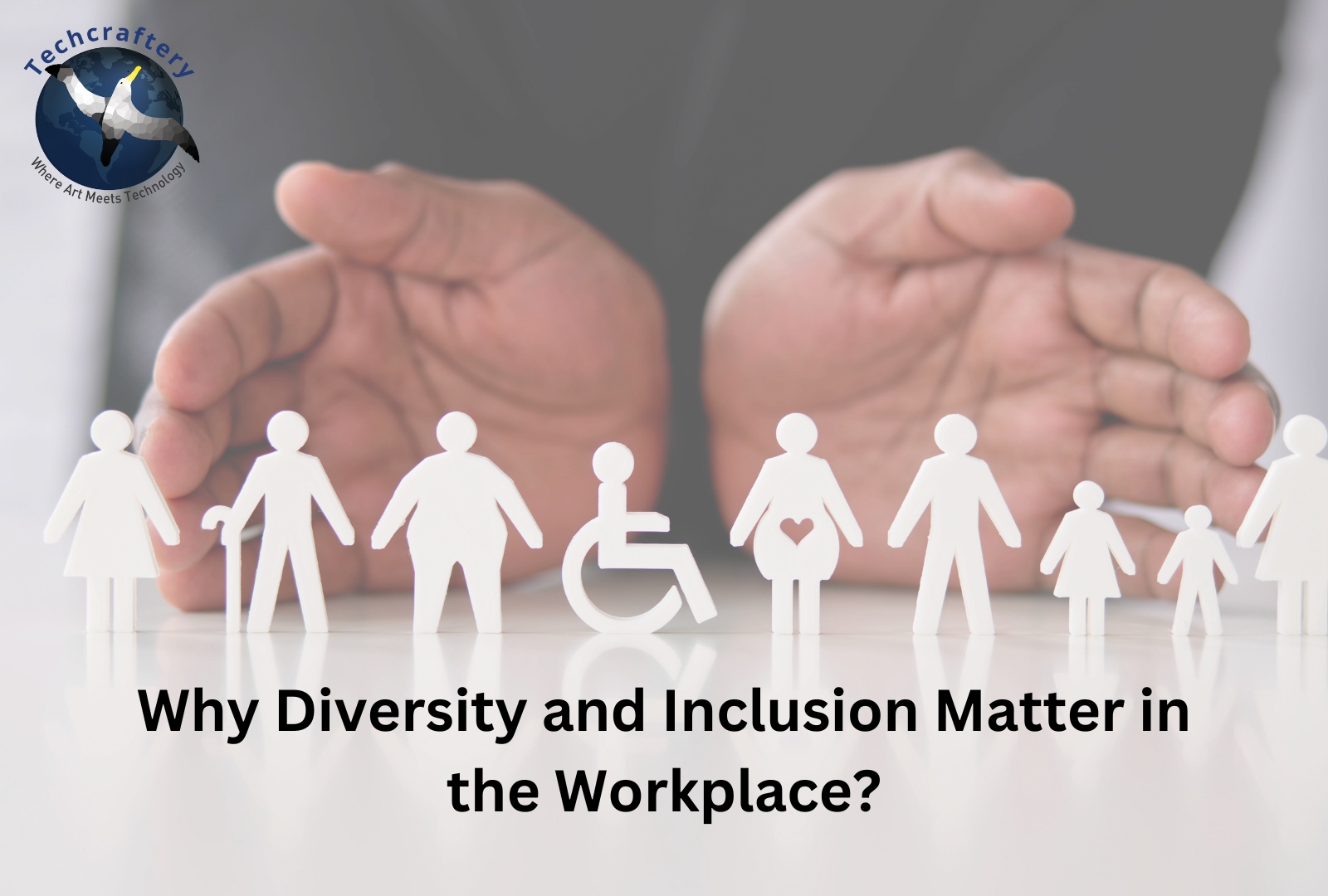In today’s globalized world, the concepts of diversity and inclusion have become more than just buzzwords; they are critical components of successful workplaces. Organizations that prioritize diversity and inclusion (D&I) not only foster a sense of belonging among their employees but also drive innovation, improve employee satisfaction, and enhance overall business performance. This article will explore why diversity and inclusion matter in the workplace, the benefits they bring, the challenges faced, and actionable strategies to create a more inclusive environment.
Understanding Diversity and Inclusion
What is Diversity?
Diversity refers to the presence of differences within a given setting. In the workplace, it encompasses various dimensions, including but not limited to:
- Race and Ethnicity: The various racial and ethnic backgrounds of employees.
- Gender: Representation of different genders, including men, women, and non-binary individuals.
- Age: A diverse age range that includes young professionals and middle-aged employees.
- Sexual Orientation: Inclusion of LGBTQ+ individuals and allies.
- Disability: Employment of individuals with physical and mental disabilities.
- Cultural Background: Inclusion of individuals from various cultural backgrounds and experiences.
What is Inclusion?
Inclusion, on the other hand, is about creating an environment where all individuals feel valued, respected, and supported. It involves actively engaging diverse individuals and ensuring that everyone has a voice and the opportunity to contribute. Inclusion is not just about having diverse individuals in the room; it’s about making sure they feel comfortable, accepted, and empowered to express themselves.
The Importance of Diversity and Inclusion
1. Enhanced Innovation and Creativity
Diverse teams bring a wide range of perspectives and experiences, leading to enhanced creativity and innovation. When individuals from different backgrounds collaborate, they can approach problems from various angles and develop unique solutions. Research has shown that companies with higher diversity levels are more likely to introduce new products and services, as diverse teams are better equipped to think outside the box.
2. Improved Employee Satisfaction and Retention
A workplace that values diversity and inclusion creates a sense of belonging among employees. When individuals feel respected and included, they are more likely to be satisfied with their jobs and remain loyal to the organization. High employee retention rates lead to reduced turnover costs, which can be significant for businesses.
3. Better Decision-Making
Diverse teams are known to make better decisions. When team members bring different perspectives to the table, they can challenge each other’s ideas and assumptions, leading to more thorough discussions. This diversity of thought can result in more informed and effective decision-making processes.
4. Increased Market Reach
Organizations that embrace diversity and inclusion are better positioned to serve a diverse customer base. A workforce that reflects the demographics of the target market can better understand customer needs and preferences. This understanding can lead to the development of products and services that resonate with a broader audience, ultimately increasing market reach and profitability.
5. Enhanced Company Reputation
Companies that prioritize diversity and inclusion tend to have a positive public image. Consumers today are increasingly conscious of corporate social responsibility, and they are more likely to support organizations that demonstrate a commitment to diversity and inclusion. A strong reputation can attract top talent and loyal customers.
6. Compliance and Risk Management
Many countries have laws and regulations in place to promote workplace diversity and prevent discrimination. Organizations that prioritize D&I are better equipped to comply with these regulations, reducing the risk of legal issues and penalties. Additionally, promoting a culture of inclusion can help mitigate workplace conflicts and enhance employee morale.
Challenges in Implementing Diversity and Inclusion
While the benefits of diversity and inclusion are clear, many organizations face challenges in implementing effective D&I strategies. Some common challenges include:
1. Unconscious Bias
Unconscious bias refers to the attitudes or stereotypes that affect our understanding, actions, and decisions unconsciously. This bias can lead to discrimination in hiring, promotions, and daily interactions, hindering diversity efforts.
2. Resistance to Change
Many organizations have long-established cultures that may resist changes related to diversity and inclusion. Employees may feel threatened by new initiatives or believe that D&I efforts could compromise their job security.
3. Lack of Leadership Commitment
For diversity and inclusion initiatives to be successful, they must be supported by organizational leadership. If leaders are not committed to D&I, employees may feel that these efforts are insincere or tokenistic.
4. Insufficient Training and Education
Organizations may struggle with providing adequate training on diversity and inclusion topics. Without proper education, employees may not fully understand the importance of D&I or how to contribute to an inclusive workplace.
5. Measurement and Accountability
Measuring the success of diversity and inclusion initiatives can be challenging. Organizations may lack clear metrics to assess progress, making it difficult to hold individuals accountable for promoting diversity and inclusion.
Strategies for Promoting Diversity and Inclusion
1. Leadership Commitment
Leadership commitment is crucial for fostering a culture of diversity and inclusion. Leaders should actively promote D&I initiatives and model inclusive behavior. They must also allocate resources to support these efforts and hold themselves accountable for progress.
2. Training and Education
Providing training and education on diversity and inclusion topics is essential for creating awareness and understanding. Workshops on unconscious bias, cultural competency, and inclusive leadership can equip employees with the knowledge and skills needed to promote an inclusive environment.
3. Inclusive Hiring Practices
Organizations should adopt inclusive hiring practices that prioritize diversity at all levels. This can include diverse hiring panels, using blind recruitment techniques to minimize bias, and setting diversity hiring goals.
4. Employee Resource Groups (ERGs)
Establishing Employee Resource Groups (ERGs) can provide a platform for underrepresented groups to connect, share experiences, and advocate for their needs within the organization. ERGs can also serve as valuable resources for leadership to understand the challenges faced by diverse employees.
5. Regular Assessments
Conducting regular assessments of diversity and inclusion initiatives can help organizations identify areas for improvement. Surveys, focus groups, and metrics can provide insights into employee perceptions of the workplace culture and the effectiveness of D&I efforts.
6. Celebrate Diversity
Celebrating diversity within the workplace can foster a sense of belonging. Organizations can host events, workshops, or awareness campaigns that highlight different cultures, backgrounds, and experiences. This can help create an inclusive environment where employees feel valued.
7. Open Communication
Encouraging open communication about diversity and inclusion can help employees feel comfortable sharing their thoughts and experiences. Organizations should create safe spaces for discussions and ensure that feedback is taken seriously.
8. Create Accountability
Setting clear goals and holding individuals accountable for diversity and inclusion efforts can drive progress. Organizations can implement performance metrics related to D&I and ensure that leaders are evaluated based on their commitment to these initiatives.








